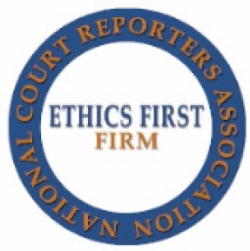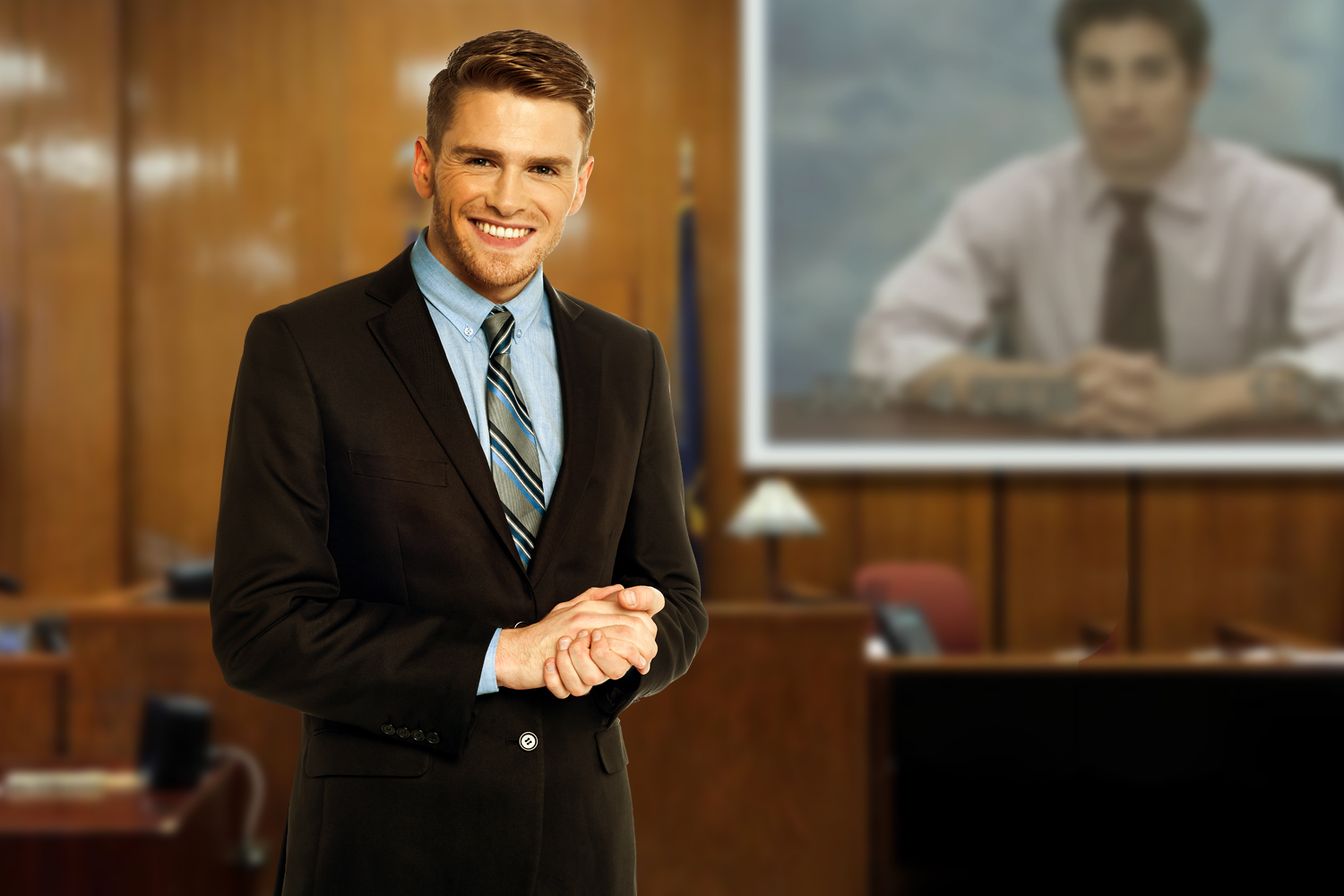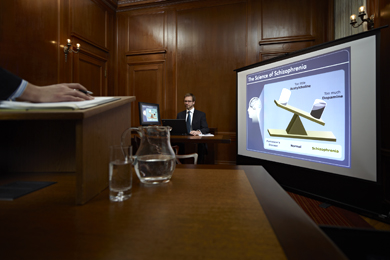Captivate the Court: Essential Components of a Powerful Test Presentation
In the realm of legal campaigning for, the capacity to astound a jury is critical to the outcome of a test (trial presentation). Crucial elements such as recognizing the target market, crafting a compelling narrative, and grasping verbal and non-verbal communication are critical parts of an efficient discussion. The critical use of aesthetic aids can significantly improve comprehension and retention of crucial arguments. As these variables intertwine, they create a cohesive approach that not only educates but additionally engages jurors on numerous levels. What certain techniques can absolutely transform a basic discussion into an unforgettable experience for the jury?

Understanding Your Audience
Comprehending your target market is a crucial aspect of effective trial presentation. A successful presentation depends upon the capacity to realize the demographics, values, and tendencies of jurors. This comprehension notifies exactly how debates are mounted, proof exists, and sob stories are crafted, ensuring that the message resonates with the jurors on a personal level.
Research shows that jurors originated from varied histories and might have differing levels of comprehending concerning legal proceedings (trial presentation). Thus, it is essential to stay clear of lawful lingo that might alienate or confuse them. Rather, using clear, relatable language cultivates interaction and comprehension. Additionally, understanding the jurors' possible prejudices and life experiences enables the trial presenter to prepare for arguments and address issues proactively.
Effective test presentation additionally includes observing jurors' reactions throughout the procedures. Being in harmony with non-verbal hints can provide understanding into their engagement and understanding, enabling real-time adjustments in method. Eventually, a profound understanding of the target market not only improves communication however also develops rapport, raising the probability of a beneficial end result. Engaging with jurors as people as opposed to a cumulative unit is crucial in promoting a solid connection in the court room.

Crafting an Engaging Story
Crafting a compelling story is important in leading jurors with the complexities of an instance. A well-structured narrative not just simplifies complex legal principles but additionally engages jurors on a psychological level, making the details much more relatable and memorable.
To accomplish this, attorneys need to start by recognizing the core message they wish to share. This message must reverberate with the jurors' worths and experiences, fostering a link that transcends mere facts. The narrative needs to unravel practically, presenting occasions in a clear series to avoid confusion. This sequential technique can assist jurors comply with the progression of occasions, emphasizing cause and effect.
Including human aspects-- such as personal tales or stories-- can additionally improve the narrative's influence. These aspects evoke compassion, permitting jurors to visualize the consequences of the situation on realities. Furthermore, utilizing a constant motif throughout the discussion enhances the primary debate, making it simpler for jurors to keep crucial points.
Eventually, a compelling story transforms a trial presentation from a mere recounting of realities right into an influential story that astounds the court, encouraging them to ponder with both factor and emotion.
Utilizing Aesthetic Aids
Incorporating visual aids right into a trial presentation can considerably enhance jurors' understanding and retention of details. Aesthetic materials such as charts, layouts, photos, and video clips our website can change intricate legal concepts and proof right into easily absorbable layouts. By involving multiple detects, these aids enable jurors to envision the situation's crucial elements, making it much easier for them to comply with along and understand detailed details.
In addition, well-designed visual aids can highlight vital factors and highlight partnerships between different items of evidence. For example, timelines can properly show the sequence of occasions, while annotated images can clear up certain details pertinent to the instance. This not only aids in understanding however likewise strengthens the story offered by the attorney.
Excessively intricate or cluttered visuals might bewilder jurors and detract from the message. Inevitably, reliable aesthetic interaction can be an effective tool in encouraging jurors and assisting them get to educated final thoughts.
Mastering Verbal Interaction
Reliable verbal interaction is critical in a trial discussion, as it functions as the primary ways whereby lawyers convey their arguments and link with jurors. Grasping this skill entails quality, persuasion, and engagement. Lawyers should express their points clearly and briefly, staying clear of legal jargon that might confuse jurors. Simplicity in language promotes understanding and assists jurors grasp intricate problems offered throughout the trial.
Additionally, tone and pacing dramatically impact how messages are received. A confident tone see this website shares authority, while ideal pacing allows jurors to soak up info without really feeling overwhelmed. Lawyers must additionally vary their singing inflections to emphasize vital factors and keep jurors' passion throughout the discussion.
In addition, the company of spoken disagreements is important. Structuring the narrative practically and coherently aids jurors comply with the attorney's line of thinking, making it much easier for them to maintain crucial information. Utilizing persuasive techniques, such as storytelling, can additionally enhance the psychological resonance of the debates provided, therefore creating a more profound link with jurors.
Inevitably, grasping verbal interaction not only enhances an attorney's instance yet additionally fosters trust and relationship with the court, substantially boosting the opportunities of a beneficial judgment.

Engaging With Body Language
Nonverbal communication plays an important duty in test discussions, typically communicating messages that words alone can not express. Body language, encompassing motions, pose, faces, and eye get in touch with, dramatically affects how jurors regard the credibility and genuineness of the presenter. A confident position, with shoulders back and an open stance, can infuse count on, while closed-off body movement might suggest defensiveness or unpredictability.

Faces should show the feelings related to the situation, enhancing the story being presented. A sincere expression throughout an emotional minute can generate empathy and reinforce the psychological charm. Eventually, understanding body movement is crucial for efficient trial presentations, as it improves verbal communication and develops a compelling presence that resonates with the court.
Final Thought
In final thought, captivating the additional info court requires a calculated strategy that encompasses comprehending the audience, crafting a compelling narrative, using visual aids, grasping verbal interaction, and engaging via body language. Each aspect plays a vital role in developing an effective trial presentation that reverberates with jurors on both emotional and intellectual levels (trial presentation). By integrating these parts successfully, lawful specialists can significantly boost their capacity to encourage and affect jury decision-making